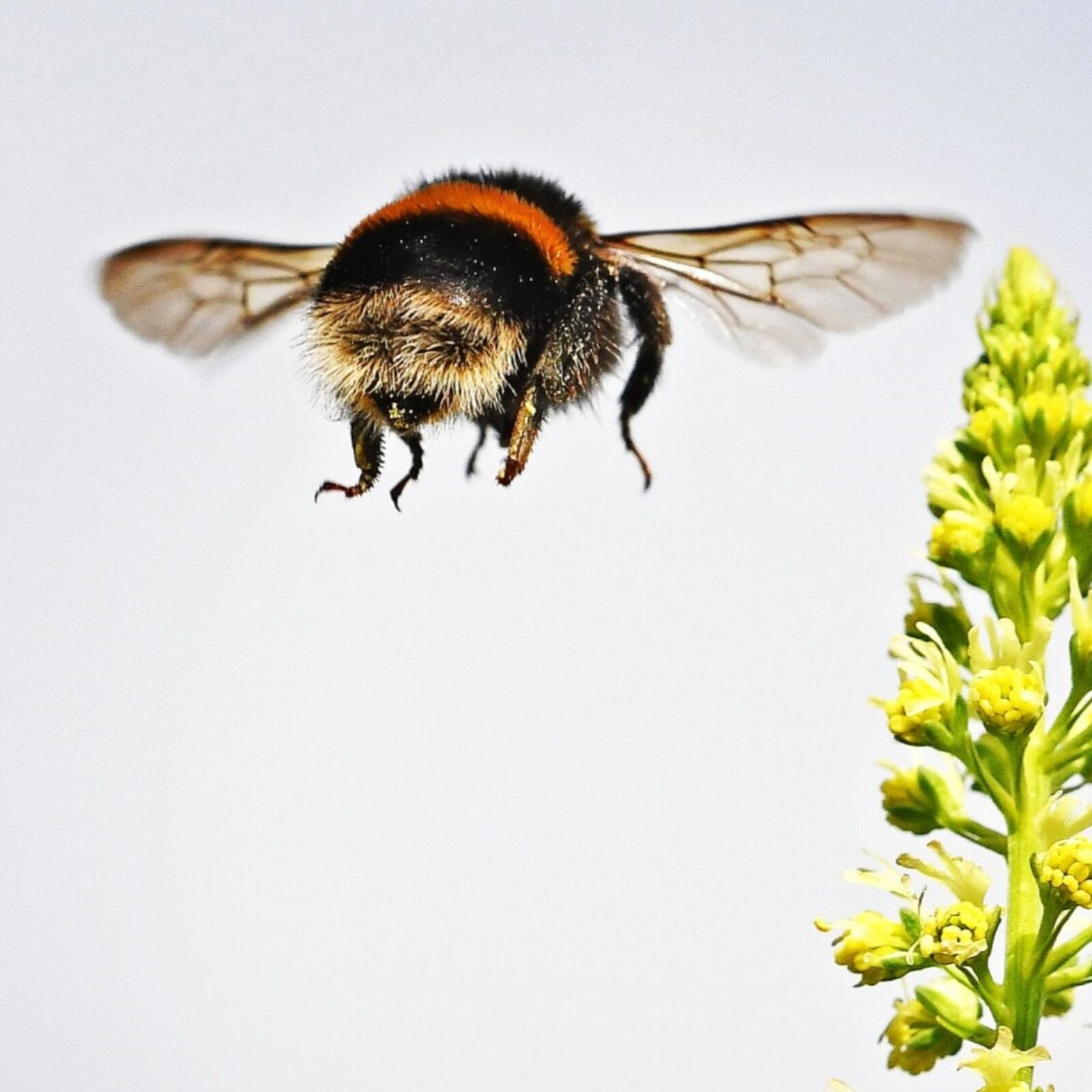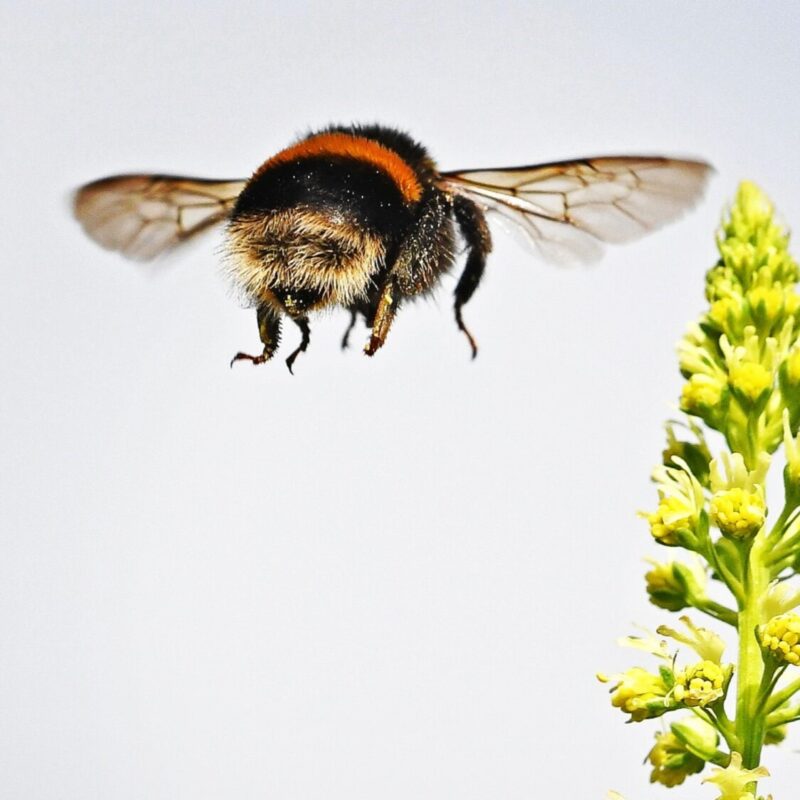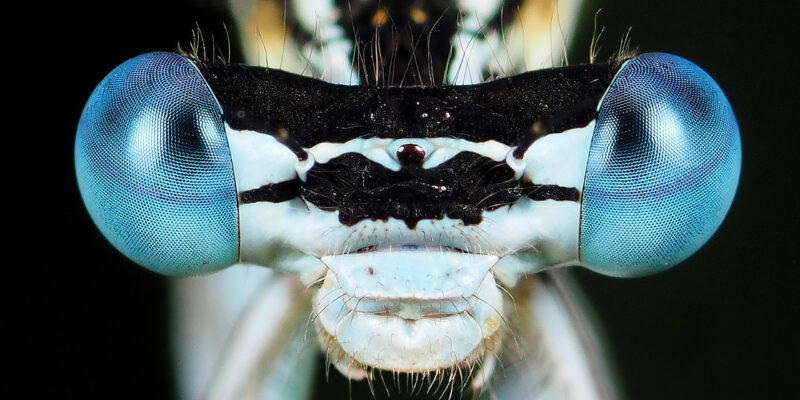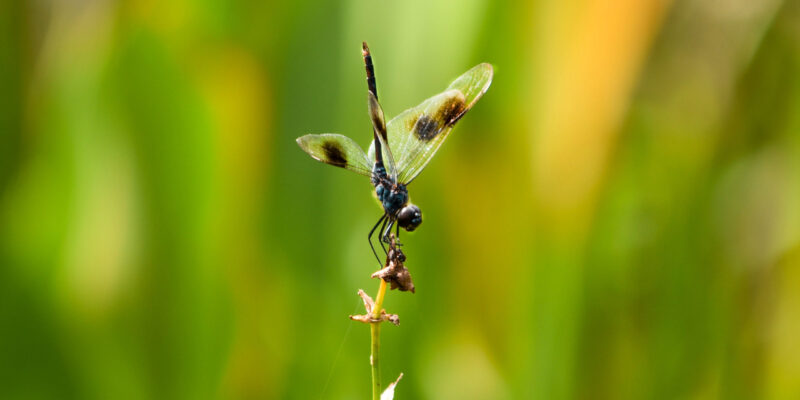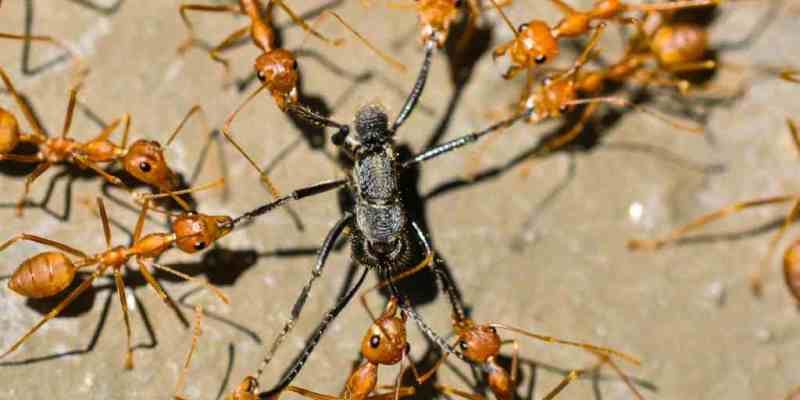This is a press release from the University of Oxford Department of Biology.
New study published in Insect Conservation and Diversity reveals that resource gaps pose the greatest threat for bumblebees during the colony establishment phase.
- Plant species which are recommended as ‘pollinator friendly’ in Europe begin flowering up to a month too late for bees, resulting in low colony survival and low production of queens.
- This is the first time that research has quantified the decline in colony survival and queen production due to a shortage of early season food.
- Enhancing existing hedgerows with early blooming species has the potential to increase the probability that a bee colony survives from 35% to 100%.
New research from the Universities of Oxford and Exeter has revealed that plant species recommended as ‘pollinator friendly’* in Europe begin flowering up to a month too late in the spring to effectively contribute to bee conservation. This ‘hungry gap’ results in low colony survival and low production of queens for the following year. The results showed that pollen and nectar availability during the early colony founding stage is a critical, and previously under-appreciated, factor in bee colony success.**
Senior author Dr Tonya Lander (Department of Biology, University of Oxford) said:
“The results give us a simple and practical recommendation to help bees: to enhance hedgerows with early blooming species, especially ground ivy, red dead-nettle, maple, cherry, hawthorn, and willow, which improved colony success rate from 35% to 100%. This approach focuses on existing hedgerows in agricultural land and doesn’t reduce farm cropping area, so can appeal to land managers whilst also providing important conservation outcomes for pollinators.”
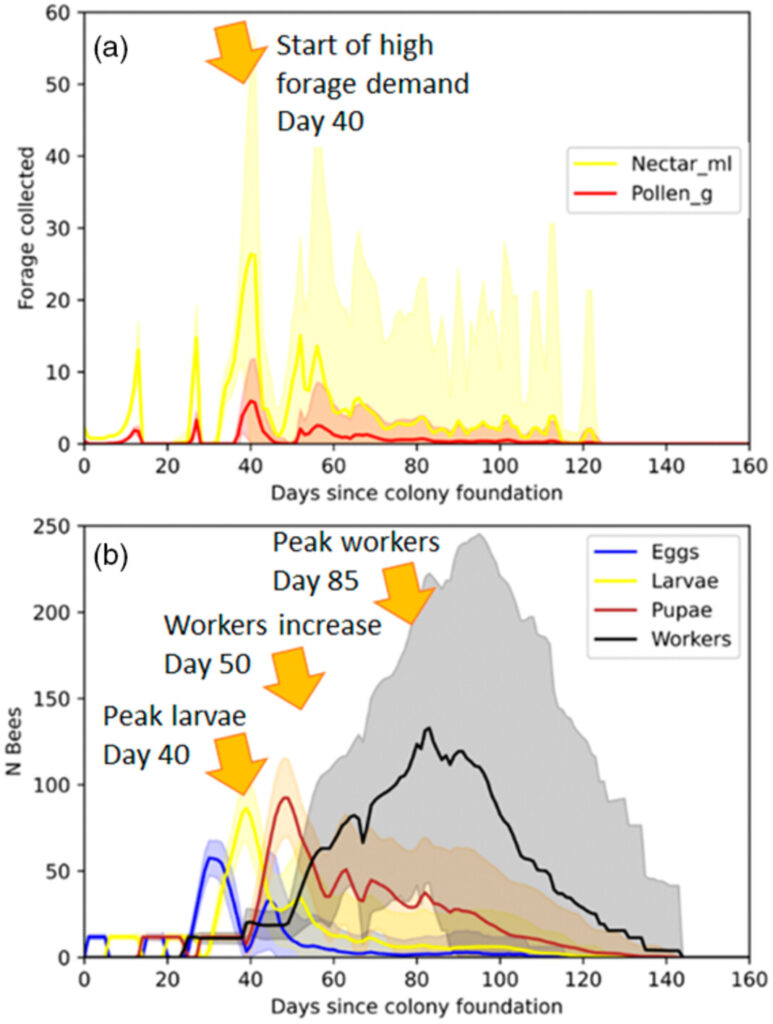
The study looked at two example European species: the buff-tailed bumblebee (Bombus terrestrisi) and the common carder bee (B. pascuorum). These were assessed using the BEE-STEWARD model, which integrates data and runs simulations to predict how changes in different factors may impact bee populations over time.
The researchers explored when during the year bumblebee food (pollen and nectar) demand is highest, how colony survival is impacted by periods of food scarcity, how food requirements relate to seasonal changes in colony composition (numbers of adults, eggs, larvae, and pupae), and how availability of early spring-blooming plants affects colony survival and queen production.
The results showed that bumblebee food demand is highest March to June, and lack of food during this critical period has catastrophic consequences for colony survival and queen production, increasing the risk of local population extinction. March and April are particularly critical months, where a two-week gap in forage availability can result in a 50-87% drop in the production of daughter queens.
Dr Matthias Becher (University of Exeter and Rifcon) said:
“We were surprised to find that the colony’s demand for nectar and pollen is driven mainly by the number of larvae rather than the number of adult workers. This explains the particularly high colony demand in March and April, before the adult workers are usually seen foraging outside the colony. The larvae need pollen for growth, and most of the energy from nectar is used for thermal regulation of the brood.”
Despite years of pollinator planting and conservation initiatives, pollinators are still in decline around the world. Very early spring flowers are likely to increase bee colony survival and queen production, contributing towards halting and reversing this decline.
*Plant species recommended for pollinators are those given by the United Kingdom Countryside Stewardship Program and Local Nature Recovery scheme (DEFRA), the United States Department of Agriculture Pollinator Habitat Initiative (USDA CP-42), and the European Union Pollinators Initiative.
** ‘Bee colony success’ is defined as the bee colony surviving until the end of the season and producing new queens for the following season.
Notes to editors
Interviews with the authors are available on request:
Matthias A. Becher: matthias.becher@rifcon.de / +49 (0) 6201 84528 00
Tonya Lander: tonya.lander@biology.ox.ac.uk
The paper ‘Resource gaps pose the greatest threat for bumblebees during the colony establishment phase’ will be published in the journal Insect Conservation and Diversity.
DOI: https://doi.org/10.1111/icad.12736
URL: https://resjournals.onlinelibrary.wiley.com/doi/full/10.1111/icad.12736
About the University of Oxford
Oxford University has been placed number 1 in the Times Higher Education World University Rankings for the eighth year running, and number 3 in the QS World Rankings 2024. At the heart of this success are the twin-pillars of our ground-breaking research and innovation and our distinctive educational offer.
Oxford is world-famous for research and teaching excellence and home to some of the most talented people from across the globe. Our work helps the lives of millions, solving real-world problems through a huge network of partnerships and collaborations. The breadth and interdisciplinary nature of our research alongside our personalised approach to teaching sparks imaginative and inventive insights and solutions.
Through its research commercialisation arm, Oxford University Innovation, Oxford is the highest university patent filer in the UK and is ranked first in the UK for university spinouts, having created more than 300 new companies since 1988. Over a third of these companies have been created in the past five years. The university is a catalyst for prosperity in Oxfordshire and the United Kingdom, contributing £15.7 billion to the UK economy in 2018/19, and supports more than 28,000 full time jobs.
The Department of Biology is a University of Oxford department within the Maths, Physical, and Life Sciences Division. It utilises academic strength in a broad range of bioscience disciplines to tackle global challenges such as food security, biodiversity loss, climate change and global pandemics. It also helps to train and equip the biologists of the future through holistic undergraduate and graduate courses. For more information visit www.biology.ox.ac.uk.


